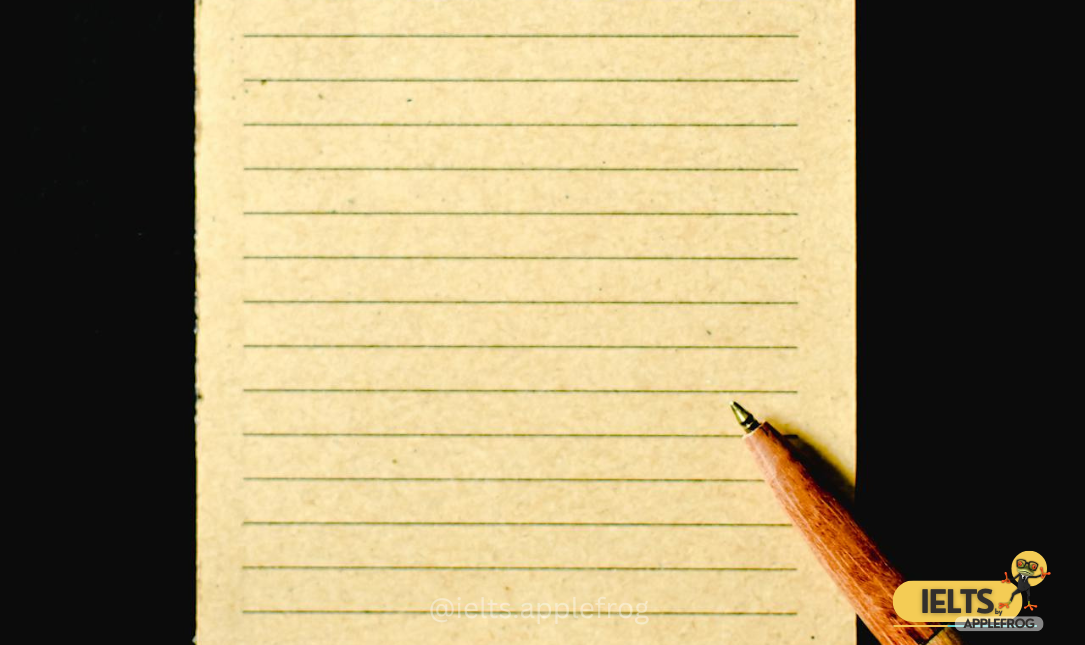
Effective Tips to Tackle IELTS Reading True or False Questions
Time management is one of the most common challenges faced by IELTS aspirants, especially in the Reading module, where candidates are required to solve 40 questions in just 60 minutes. While all the questions are objective, understanding the passage and accurately answering the questions is often a difficult task. One particularly tricky question type in the IELTS Reading module is the True or False, Not Given format. If you’re struggling with this, don’t worry—this blog will share some essential tips to help you improve your score in this section.
What Are True, False, and Not Given Questions?
In the IELTS Reading module, the True, False, Not Given questions ask you to evaluate statements based on a passage. The goal is to determine if the information in the question is:
- True: The statement matches the information given in the passage.
- False: The statement contradicts the information in the passage.
- Not Given: The passage does not provide any details about the statement.
How to Approach True, False, Not Given Questions
Let’s take a closer look at the steps to solve these questions effectively.
Tip 1: Read the Passage Carefully
Start by reading the passage thoroughly to grasp the meaning and key details. For example, consider a passage on a MAIL ORDER BROCHURE discussing clothing options for men, women, and children. The brochure includes information such as prices for various products (like socks, belts, shirts, jeans, and jackets) and promotions like gift vouchers and discounts for July, August, and September. Pay close attention to where each piece of information is located in the passage.
Tip 2: Analyze the Questions
Break down sample questions to understand what is being asked:
-
Question: Women’s cotton socks cost less than men’s.
Meaning: The cost of women’s cotton socks is lower than men’s cotton socks.
Passage: The passage mentions cotton socks for children but does not discuss women’s or men’s cotton socks. It also mentions men’s sports socks but not cotton socks.
Answer: Not Given. -
Question: Men’s silk shirts are available in more than five colors.
Meaning: The passage suggests that men’s silk shirts come in five or more colors.
Passage: The passage notes that men’s silk shirts come in five sizes, but it only mentions “designer colors” without specifying a number.
Answer: False. -
Question: Children’s T-shirts come in a variety of colors.
Meaning: There are multiple color options for children’s T-shirts.
Passage: The passage only mentions white T-shirts for children with animal motifs, not a variety of colors.
Answer: False. -
Question: If you buy clothes worth $80 in August, you will receive a free alarm clock.
Meaning: Spending $80 on clothes in August qualifies you for a free alarm clock.
Passage: The passage states that a free travel alarm clock worth $19.95 is provided with purchases of $80 or more in August. Despite the paraphrasing, the information aligns with the question.
Answer: True.
Tip 3: Answers Appear in Order
In the IELTS Reading module, the questions are usually arranged in order. This means that the answer to question 2 will be found after the answer to question 1, and before question 3. This approach can save you valuable time by reducing the need to search back through the passage for later answers.
Tip 4: Preview the Next Question
It’s beneficial to quickly glance at the next question before answering the current one. Since answers appear in order, anticipating the information required for the next question can make your reading process more efficient and accurate.
Tip 5: Be Careful with Your Answers
Accuracy is crucial when answering True or False questions. Avoid confusing them with similar formats such as Yes or No questions. For instance, answering “Yes” instead of “True” will result in a loss of marks. Additionally, ensure that you write out full answers like “True” rather than abbreviations such as “T.”
By following these simple yet effective tips, you can confidently improve your performance in tackling IELTS Reading True or False questions. Remember to double-check your answer sheet for any mistakes during the exam. Consistent practice and review of your mistakes will help you achieve your desired band score in the IELTS Reading module. Stay tuned for more effective tips and strategies to help you succeed!












 Here can be your custom HTML or Shortcode
Here can be your custom HTML or Shortcode
0 Comments